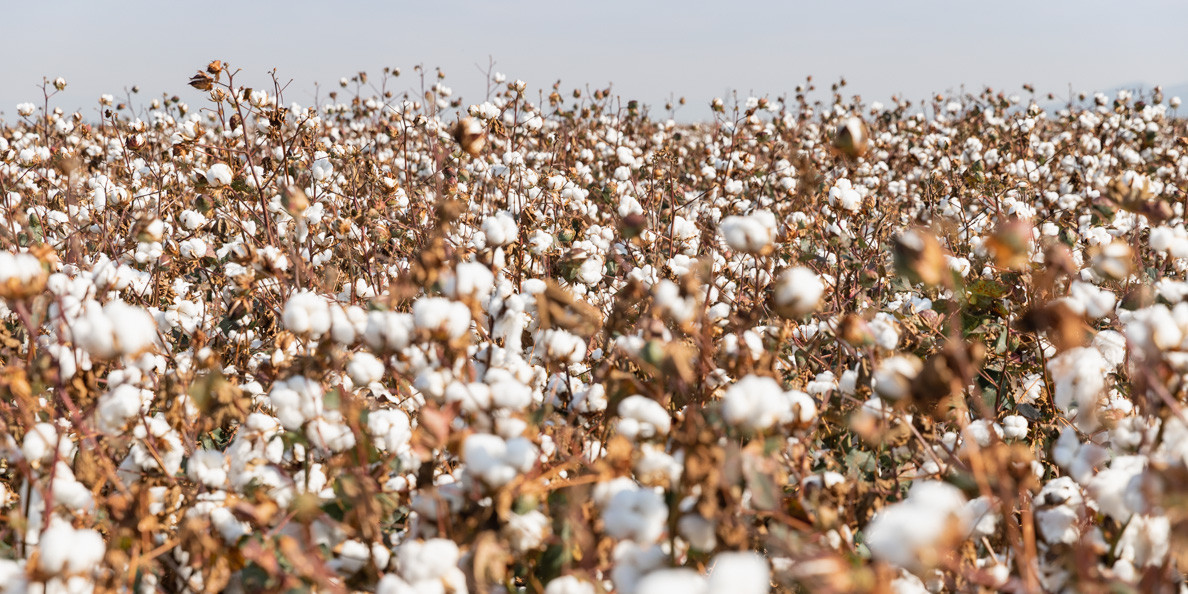Following the remarkable post-COVID recovery in cotton consumption, the overall market situation has turned decidedly more bearish in recent months. Cotton futures prices have dropped more than 40 cents in just a few months largely due to a slowdown in cotton demand as consumers increase spending on non-discretionary items (i.e., food, fuel, housing) due to higher prices.
With worsening economic conditions and concerns of an impending recession, a cotton demand improvement is not likely in the near-term. Based on USDA’s supply and demand projections, world consumption for the current 2022-23 marketing year was reduced from 115.6 million bales in October to 115.0 million bales in November (as compared to 117.4 million during the 2021-22 marketing year). However, based on the current macroeconomic environment, many industry participants are projecting a much larger world mill use reduction in the current marketing year.
U.S. producers increased cotton acreage in 2022 by 23.0%, or 2.6 million acres due to higher prices during the planting season. However, due to severe drought conditions in the Southwest, the region’s abandoned acres increased from 12.4% in 2021 to 66.1% in 2022.
In November, USDA estimated a U.S. crop of 14.0 million bales, which is 3.5 million bales less than the previous year and the lowest level in seven years. USDA did make a slight upward revision to U.S. production in November due to higher production expectations in all regions except the Southwest. U.S. exports are expected to decline to 12.5 million bales for the 2022-23 marketing year. The export reduction is not necessarily due to a lack of demand but instead to the lack of exportable supply. While the United States continues to face strong competition from Brazil and Australia, it is expected to remain the largest cotton exporter in the 2022-23 marketing year. U.S. stocks will remain tight with a projected ending stock level of 3.0 million bales at marketing year’s end.
Despite the large decline in U.S. production, world production is projected to increase to 116.4 million bales for the 2022-23 marketing year, which is 600,000 bales more than the previous year. Reductions in the United States, Australia, Pakistan, and West Africa were offset by increases in Brazil, China, and India. Pakistan production is expected to fall to 4.5 million bales – the second lowest level since 1984. Production is expected to be 1.3 million bales more in Brazil, 1.2 million bales more in China, and 3.0 million bales more in India.
Looking ahead to the 2023-24 marketing year, the December 2023 cotton futures price has been trading between 70 and 80 cents per pound over the last month. During the 2022 planting season, average cotton futures prices ranged from $1.00 to $1.30 per pound.
Regarding prices of competing commodities for 2023-24, current price levels are slightly greater for corn and relatively unchanged for soybeans as compared to the 2022-23 planting season. With high input costs and lower cotton prices relative to prices of competing commodities, lower cotton acreage is likely in 2023-24. Unless next year’s yields recover to above-average levels, reduced acreage will contribute to a tight U.S. balance sheet through 2023-24.


